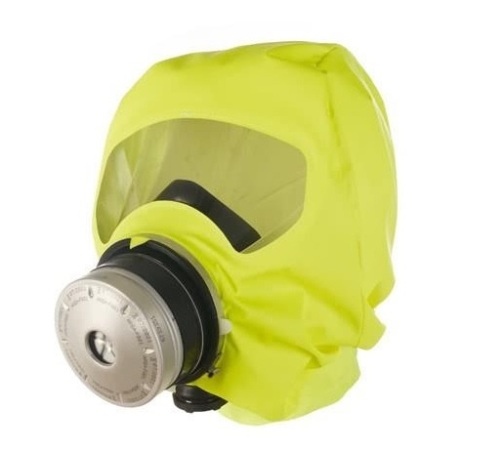
The global market for rheumatoid arthritis treatments is expected to grow at a CAGR of...
Learn More
Our consulting solutions address company specific challenges with respect to micro environment...
Learn More
Organizations frequently need day-today research guidancein order to gain strategic...
Learn More
Exploring different areas of market research and market analysis is a key factor...
Learn MoreAcute Market Reports presents the most extensive global business research services across industries. Our research studies focus on potential outcomes, benefits, and risks associated with each market segment across geographies. Having served our global clients for more than 10 years, our prime priority is to enable our clients in making well-informed business decisions through a data-driven, analytical, and uncomplicated research approach.
We provide access to the world's most comprehensive, analytical, and updated business intelligence services and solutions.




The air purifying escape respirators market is expected to experience a CAGR of 4.5% during the forecast period of 2025 to 2033, driven by factors such as increasing awareness about personal safety, stringent occupational safety regulations, and the ...
Read More
The animal model market is expected to grow at a CAGR of 8.5% during the forecast period of 2025 to 2033. The identified drivers, including the increasing utilization in cancer research, rising significance in immunological disease studies, and key c...
Read More
The recombinant proteins manufacturing services market is expected to grow at a CAGR of 18% during the forecast period of 2025 to 2033, recombinant proteins manufacturing services market plays a pivotal role in the biotechnology sector, providing ess...
Read More




